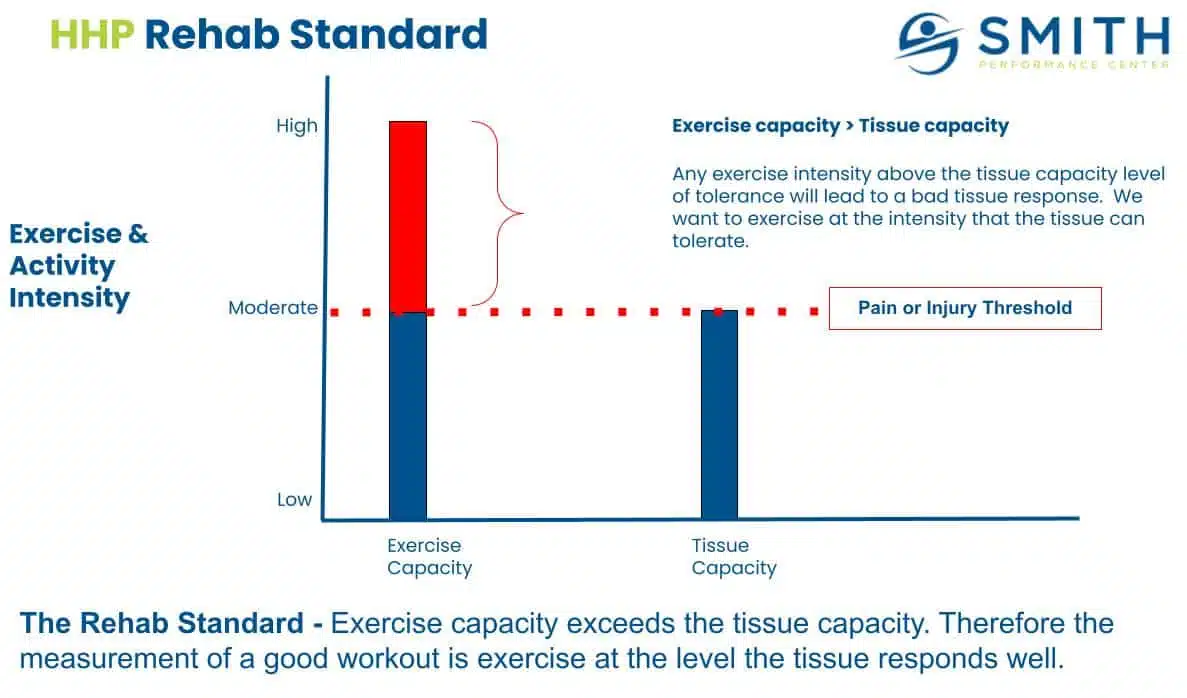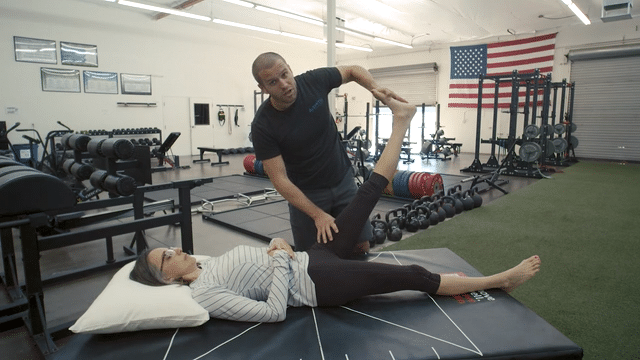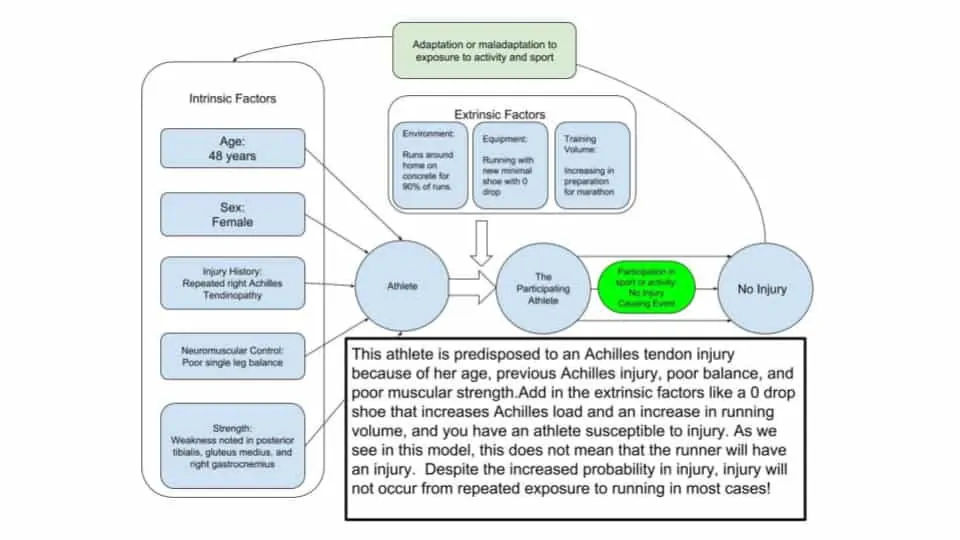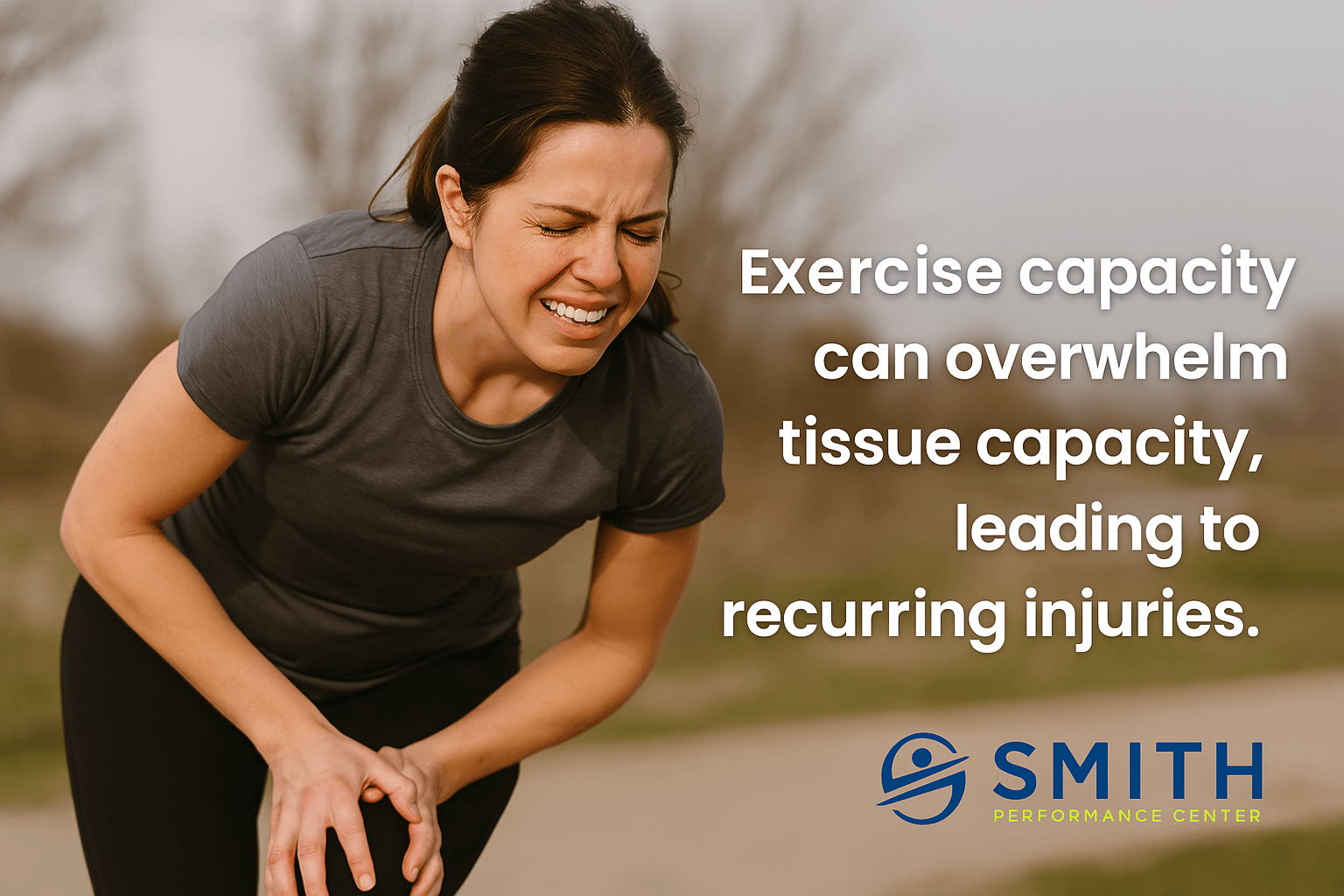
The 5 Most Useful Tools for Progressing Your Workouts After an Injury
Too many fail in their effort to progress activity after an injury. You arrive at the gym feeling good but later in the day the low back soreness that has been feeling better comes back or the knee pain that seemed to be going away comes back with a vengeance after your second run. The regression happened even when the workout felt easy and pain-free at the time. Why is this happening? Why is this phase of rehab frustrating? It’s due to a fundamental mistake or what we call a violation of the rehab standard, which is training at exercise capacity, not tissue capacity. When individuals make this mistake, they start telling themselves stories like ‘I am getting too old,’ or ‘I guess I need to do something with less impact.’ However, the problem is not due to aging or the fact that the body can return to preinjury levels.







